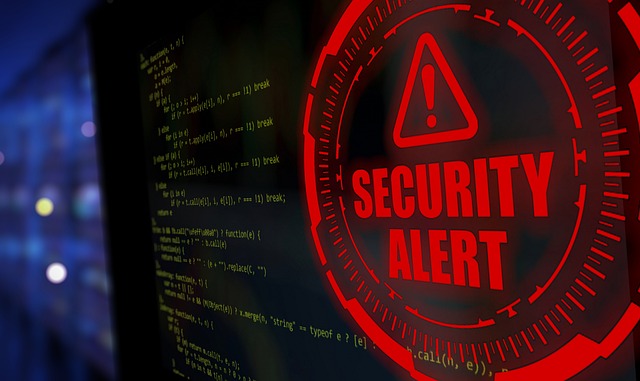The Rumsfeld Matrix as an effective tool in the decision-making process
During a briefing on the Iraq War, Donald Rumsfeld divided information into 4 categories: known known, known unknown, unknown known, unknown unknown. ...

Confidential data protection is of key importance for any company. Any information leakage can lead to devastating consequences: damage to reputation, financial losses, market positions loss, customer churn, etc. The internal cybersecurity system must provide reliable data protection, as well as be proactive – detect and prevent cyberattacks in time.
To track cybersecurity level, it’s necessary to have a checklist and analyze KPIs. Key Performance Indicators (KPIs) are an effective way to measure the success and effectiveness of any program, including cybersecurity. It is impossible to assess the real state of security and protection level without analyzing the operation of the cybersecurity system.
Cybercriminals evolve dynamically and constantly come up with new and more sophisticated methods of attack. Accordingly, processes and technologies for their prevention are changing. It is important to regularly evaluate the effectiveness of protection tools and timely replace and/or update obsolete tools.
Analysis of key performance indicators (KPIs), key risk indicators (KRIs) and security measures allows to get a complete picture of security team work, understand what is working and what doesn’t work, and take appropriate actions. Metrics provide quantitative information that can be easily compiled into a report and shared with all stakeholders.
Cybersecurity key performance indicators:
There is no general decision on which metrics to use. Each company chooses KPI and KRI depending on the field of activity, company needs, rules, guidelines, management’s vision of risks, etc. It is important that the selected metrics are understandable to everyone, including non-technical specialists, reflect the current situation and help make decisions regarding company cybersecurity.